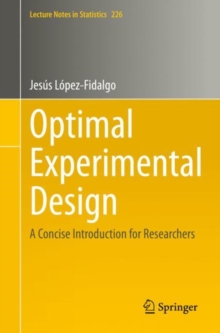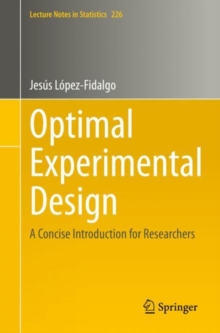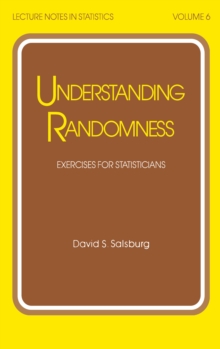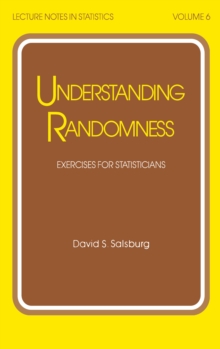
Inference for Change Point and Post Change Means After a CUSUM Test PDF
by Yanhong Wu
Part of the Lecture Notes in Statistics series
- Information
Description
The change-point problem has attracted many statistical researchers and practitioners during the last few decades.
Here, we only concentrate on the sequential change-point problem.
Starting from the Shewhart chart with app- cations to quality control [see Shewhart (1931)], several monitoring procedures have been developed for a quick detection of change.
The three most studied monitoring procedures are the CUSUM procedure [Page (1954)], the EWMA procedure [Roberts (1959)] and the Shiryayev?Roberts procedure [Shiryayev (1963) and Roberts (1966)].
Extensive studies have been conducted on the p- formancesofthesemonitoringproceduresandcomparisonsintermsofthedelay detection time.
Lai (1995) made a review on the state of the art on these charts and proposed several possible generalizations in order to detect a change in the case of the unknown post-change parameter case.
In particular, a wind- limited version of the generalized likelihood ratio testing procedure studied by Siegmund and Venkatraman (1993) is proposed for a more practical treatment even when the observations are correlated.
In this work, our main emphasis is on the inference problem for the chan- point and the post-change parameters after a signal of change is made.
More speci?cally, due to its convenient form and statistical properties, most d- cussions are concentrated on the CUSUM procedure.
Our goal is to provide some quantitative evaluations on the statistical properties of estimators for the change-point and the post-change parameters.
Information
-
Download Now
- Format:PDF
- Publisher:Springer New York
- Publication Date:29/12/2007
- Category:
- ISBN:9780387262697
Information
-
Download Now
- Format:PDF
- Publisher:Springer New York
- Publication Date:29/12/2007
- Category:
- ISBN:9780387262697



